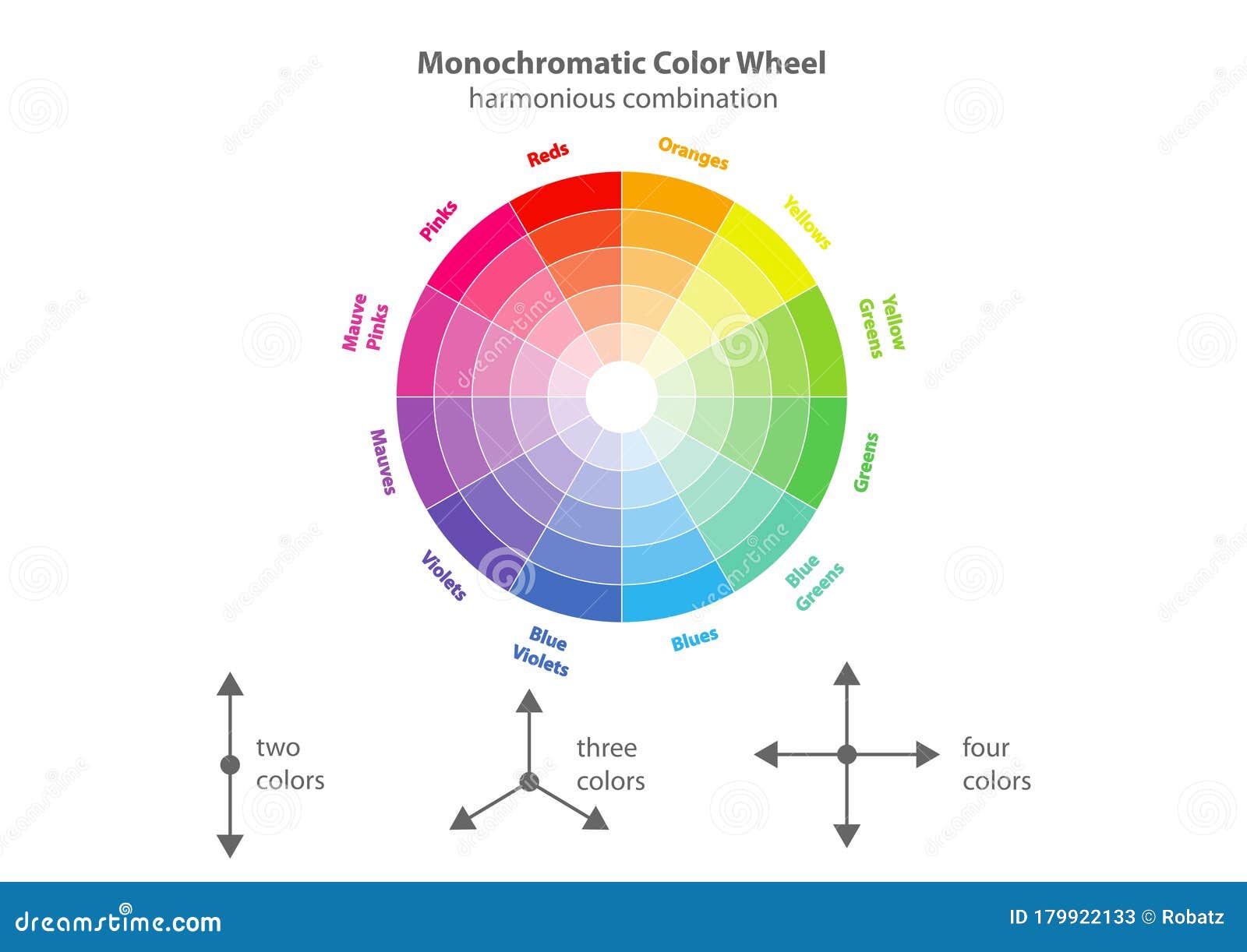
Introduction
When it comes to choosing a color scheme for your home or design project, there are countless options to consider. From vibrant and bold color combinations to soft and muted shades, the possibilities are endless. One color scheme that has gained popularity in recent years is the monochromatic color scheme, which involves using different shades and tones of a single color. In this article, we will explore why you should consider a monochromatic color scheme and how it can enhance your space or design.
The Power of Monochromatic Color

Monochromatic color schemes have long been used in various forms of art to create a sense of harmony and cohesiveness. By using different shades and tones of a single color, you can achieve a visually pleasing and sophisticated look. Here are some reasons why you should consider a monochromatic color scheme:
1. Simplicity
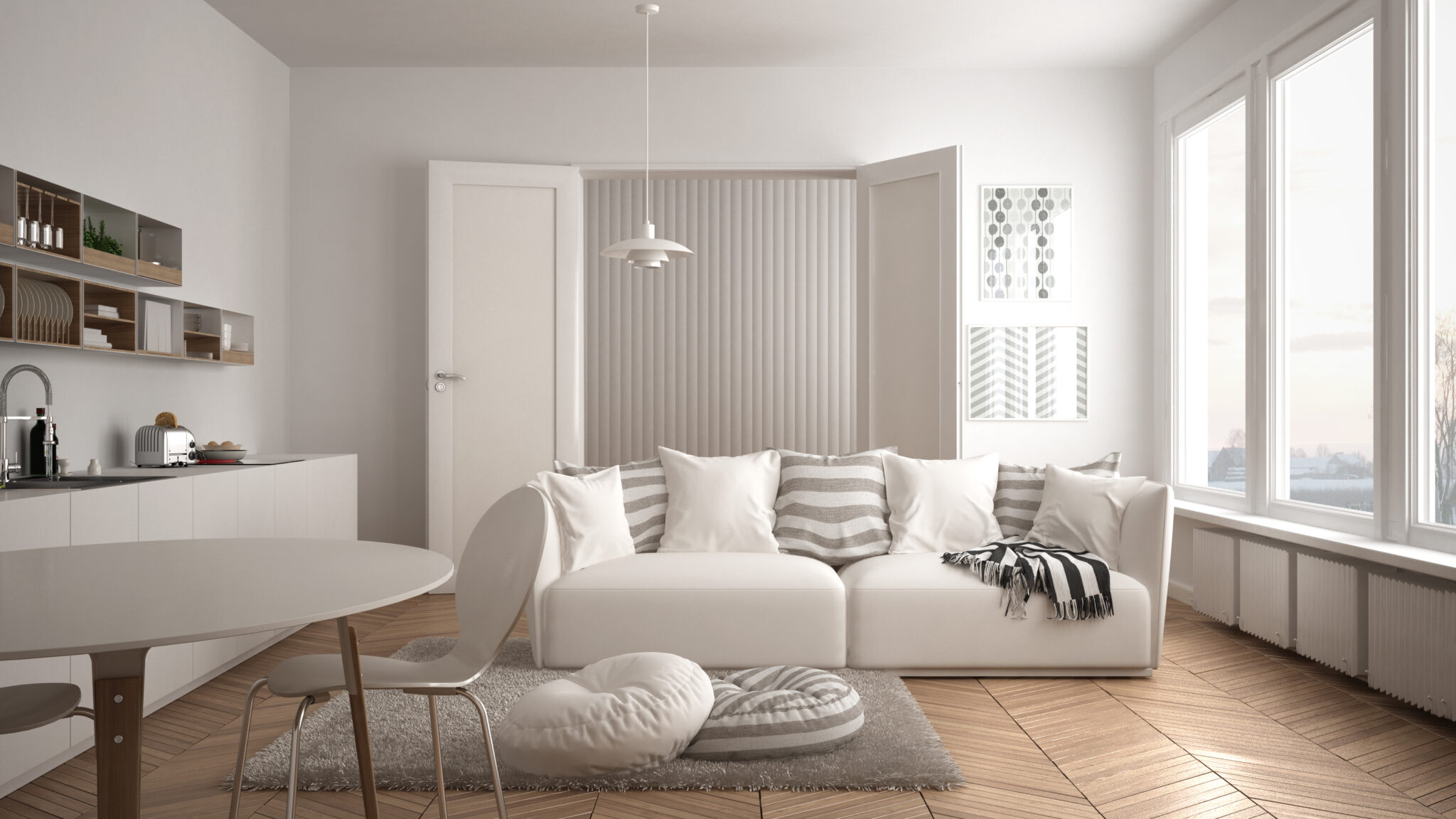
One of the main advantages of a monochromatic color scheme is its simplicity. When you limit your color palette to different shades of a single color, it creates a clean and cohesive look. This simplicity can be particularly beneficial in interior design, where a cluttered color scheme can overwhelm the space. With a monochromatic color scheme, you can create a sense of calm and balance.
2. Versatility

A monochromatic color scheme offers incredible versatility. While it may seem limiting to work with only one color, the different shades and tones within that color can provide a wide range of possibilities. From light pastels to deep and rich hues, you can create depth and dimension without introducing additional colors. This versatility allows you to customize the color scheme to suit your preferences and the mood you want to create.
3. Timelessness
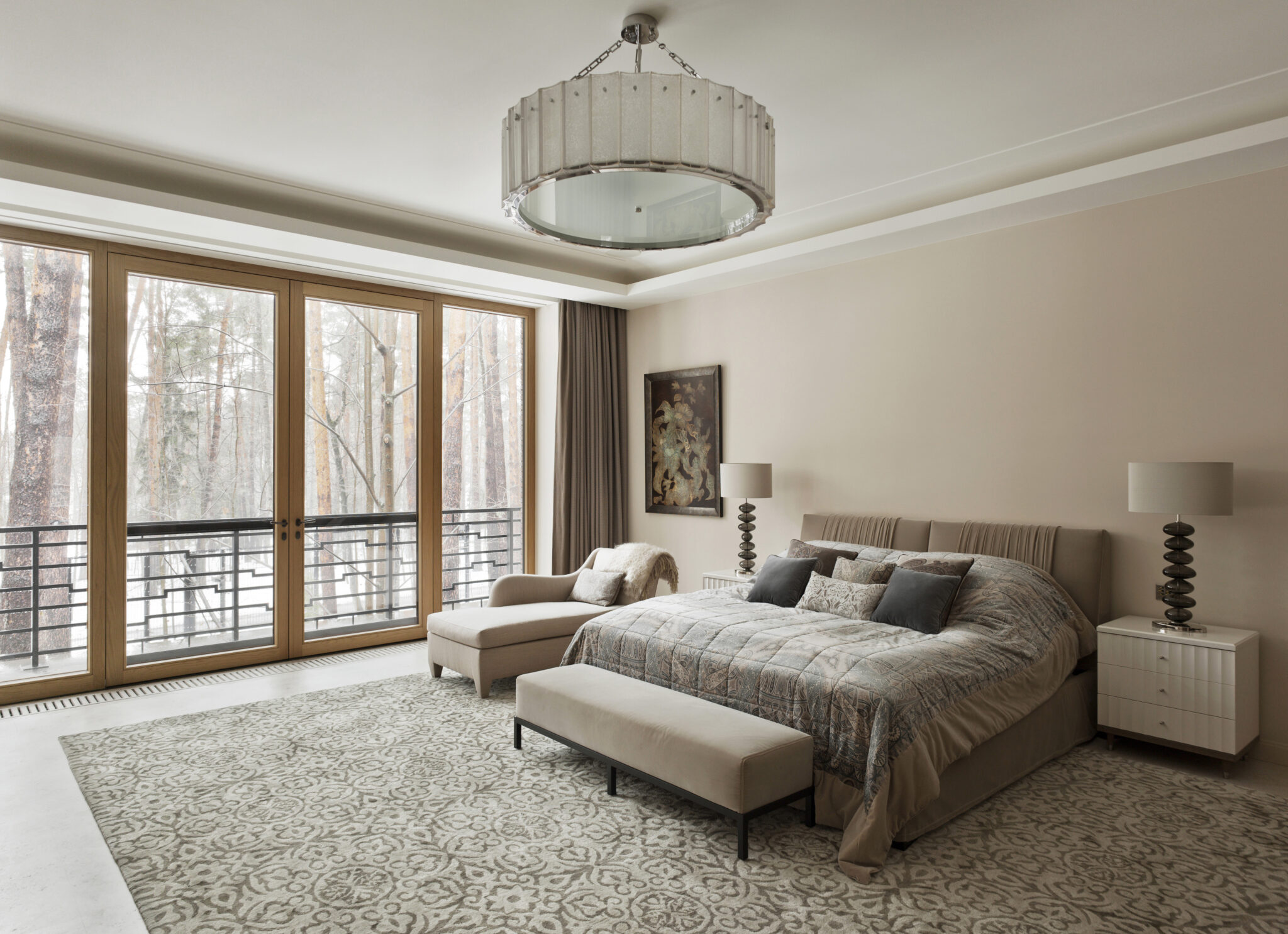
Monochromatic color schemes have a timeless appeal that transcends trends and fads. Unlike trendy color combinations that may become dated over time, a monochromatic color scheme offers a classic and enduring look. By using a single color as the foundation of your design, you can create a space or project that will stand the test of time.
4. Highlighting Texture and Detail

With a monochromatic color scheme, the focus is less on color and more on texture and detail. By using different shades and tones of a single color, you can draw attention to the textures and patterns in your space or design. This can be particularly effective in highlighting architectural features, artwork, or other elements that you want to stand out.
Implementing a Monochromatic Color Scheme
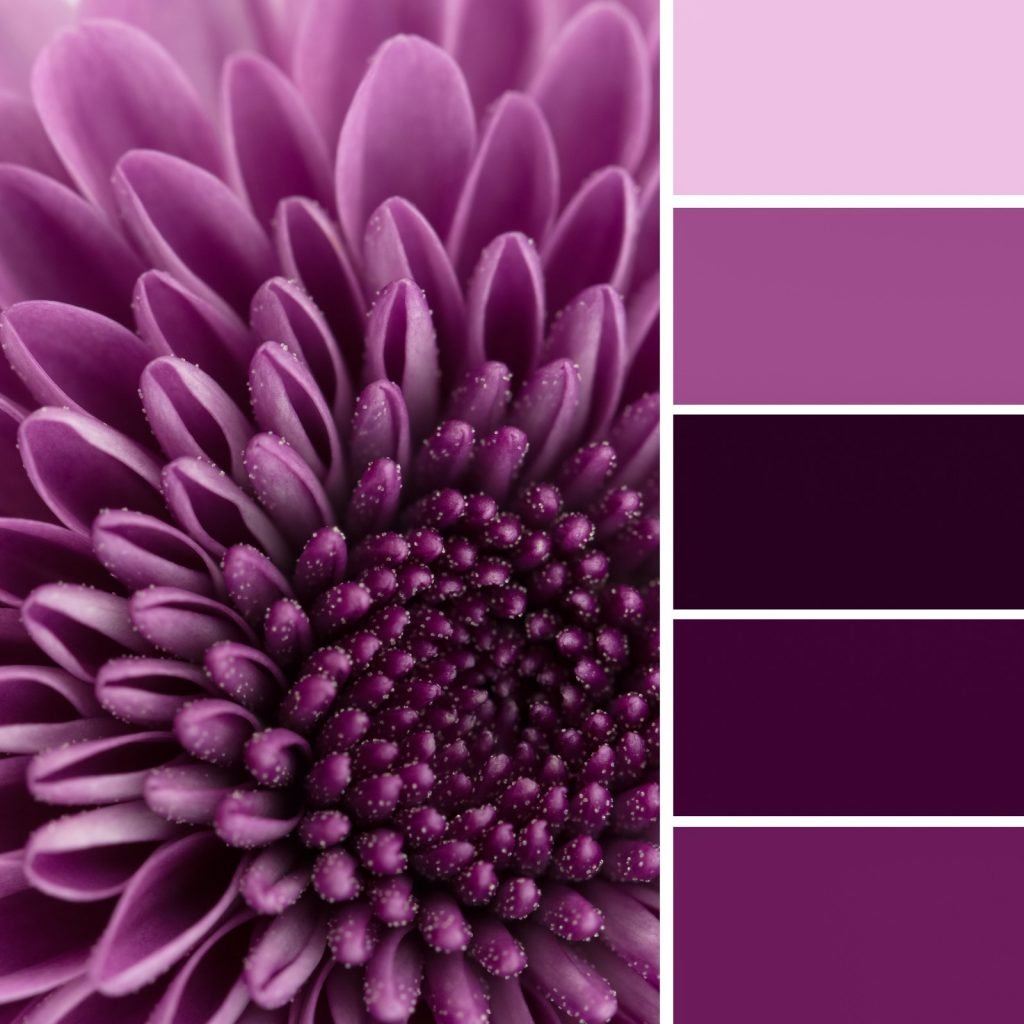
Now that you understand the benefits of a monochromatic color scheme, let's explore how you can implement it effectively:
1. Choose the Right Color
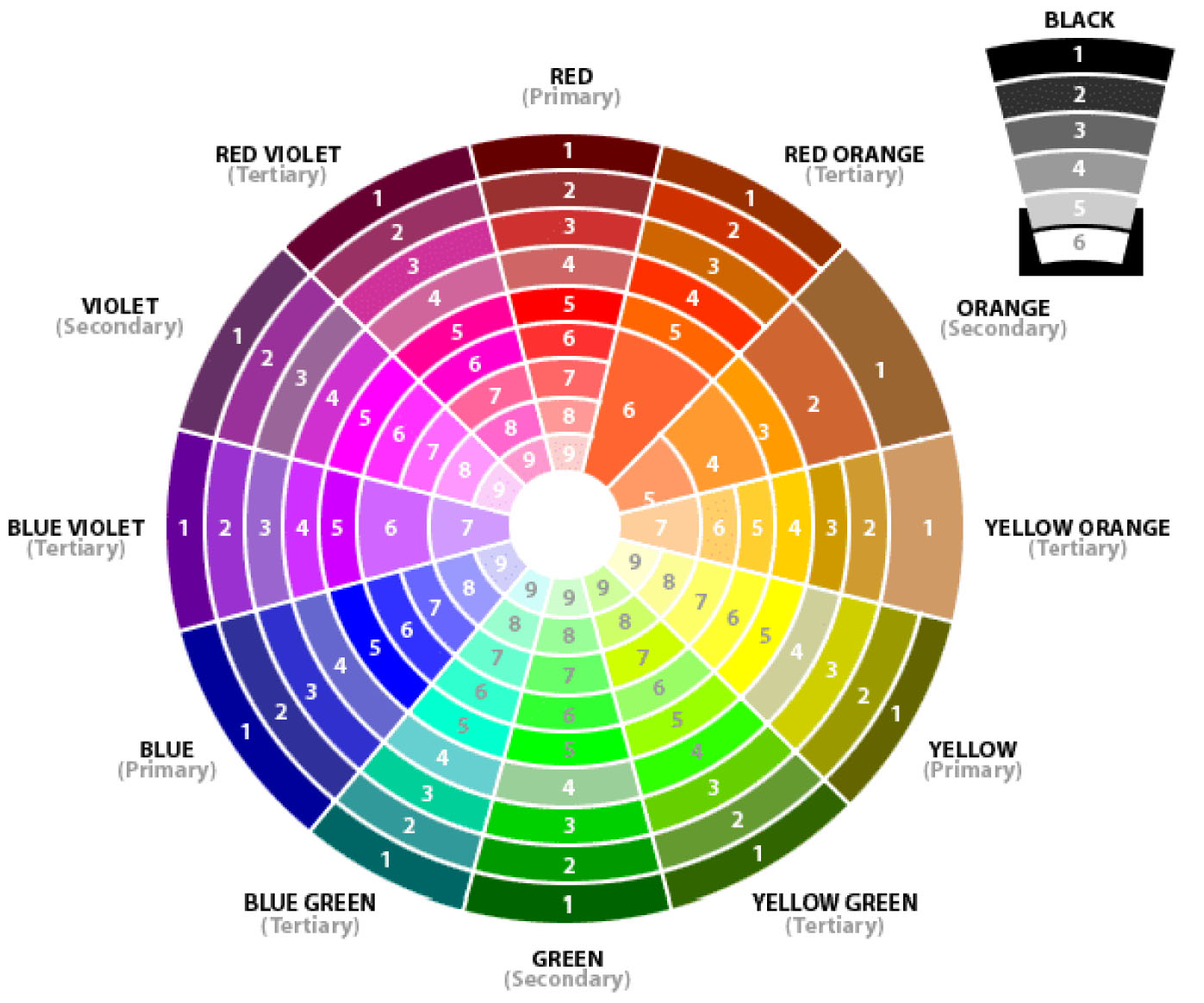
The first step in implementing a monochromatic color scheme is selecting the right color. Consider the mood and atmosphere you want to create. Cool colors like blues and greens can evoke a sense of calmness, while warm colors like reds and oranges can create a cozy and inviting ambiance. Choose a color that resonates with your desired outcome.
2. Experiment with Shades and Tones
Once you have chosen a color, it's time to experiment with different shades and tones. Start with the base color and then explore lighter and darker variations. This will help you create depth and visual interest within your monochromatic color scheme. Consider using a color wheel as a reference to find complementary shades and tones.
3. Introduce Texture and Contrast
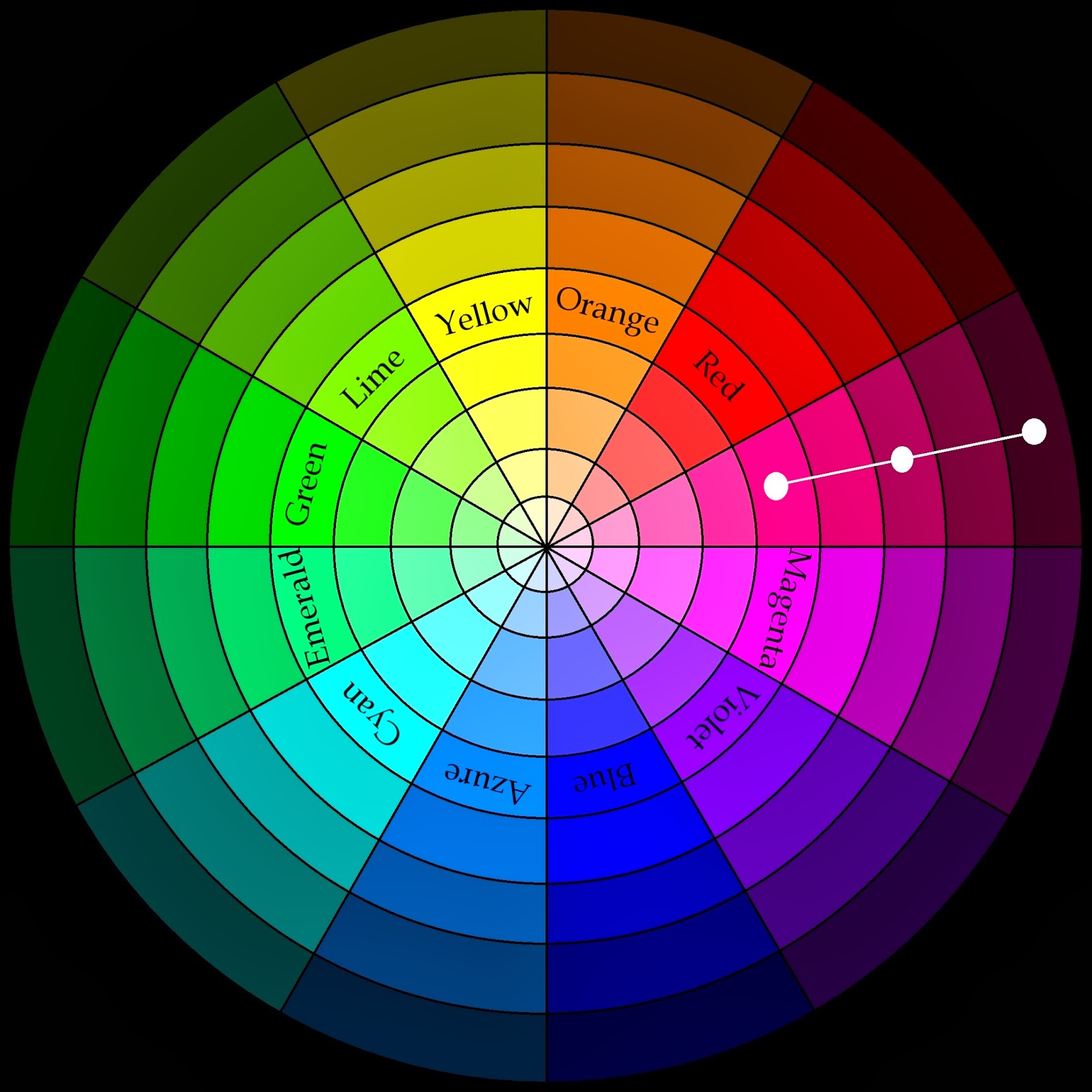
To prevent your monochromatic color scheme from appearing flat or boring, it's essential to introduce texture and contrast. This can be achieved through the use of different materials, patterns, and finishes. For example, you can incorporate textured fabrics, patterned wallpapers, or glossy finishes to add visual interest and dimension to your design.
4. Consider Lighting

Lighting plays a crucial role in any color scheme, and a monochromatic color scheme is no exception. Different lighting conditions can significantly impact how your chosen color appears. Consider natural light, artificial light, and the time of day when selecting your shades and tones. Test your color palette under different lighting conditions to ensure the desired effect.
Summary
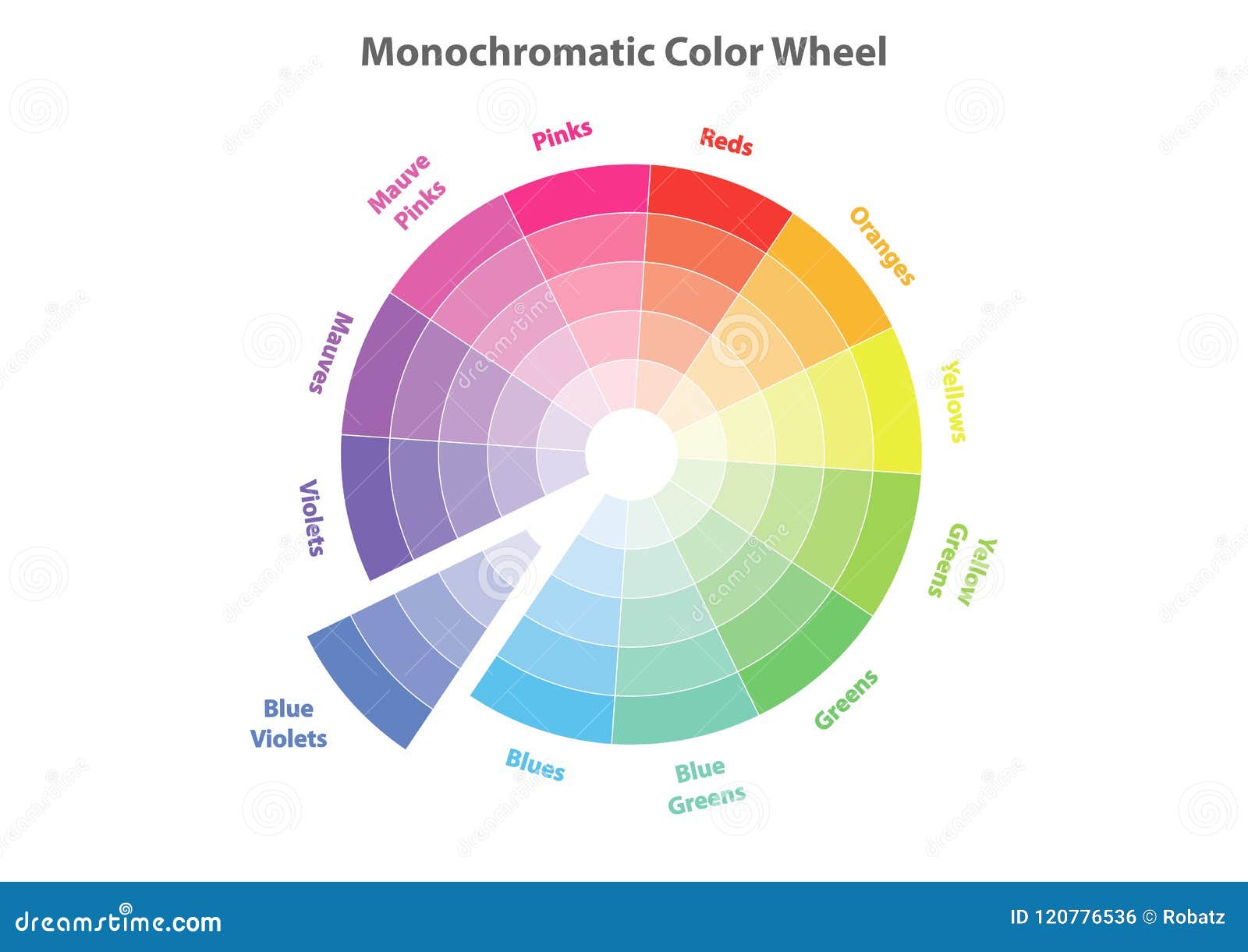
A monochromatic color scheme offers simplicity, versatility, timelessness, and the ability to highlight texture and detail. By using different shades and tones of a single color, you can create a visually pleasing and cohesive look that stands the test of time. When implementing a monochromatic color scheme, remember to choose the right color, experiment with shades and tones, introduce texture and contrast, and consider lighting. With these considerations in mind, you can create a space or design that is both visually appealing and harmonious.
Gallery






